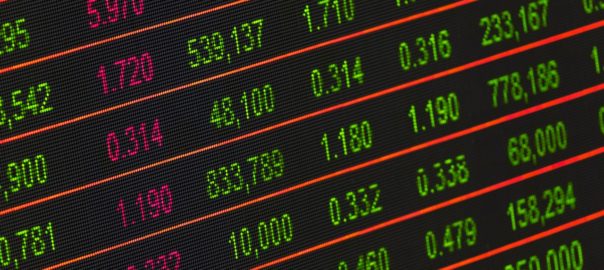In the Philippines, investment fund fees disclosed in a fund’s fact sheet or prospectus typically include trust/management, custodianship, and auditor fees. The fees are a percentage of a fund’s assets under management (AUM). Funds normally have other expenses that are not covered by these fees. Unfortunately, I have not seen any fund honestly disclose its total expense ratio (TER) or ongoing charges figure (OCF) which represent the fund’s total actual cost to the investor. For example, the total expense ratio of the country’s only ETF appear to reach at least 0.8% compared to the fund’s stated fee of 0.50% as discussed in the post: The true costs of FMETF.
Since the funds don’t disclose their TER, it’s always interesting for me to learn about what other expenses these funds may have that are not explicitly stated in the prospectus. I just read from a year-old news article that this year, the PSE has started charging a 0.03% index licensing fee to funds that explicitly mirror the PSE Composite Index (PSEi). As with other fees, this index licensing fee is based on a fund’s AUM. It is said to affect about 15 funds. That number more or less matches the funds listed in uitf.com.ph and pifa.com.ph that track the PSEi.
Continue reading The PSE may be taking a small cut from your PSEi index fund.